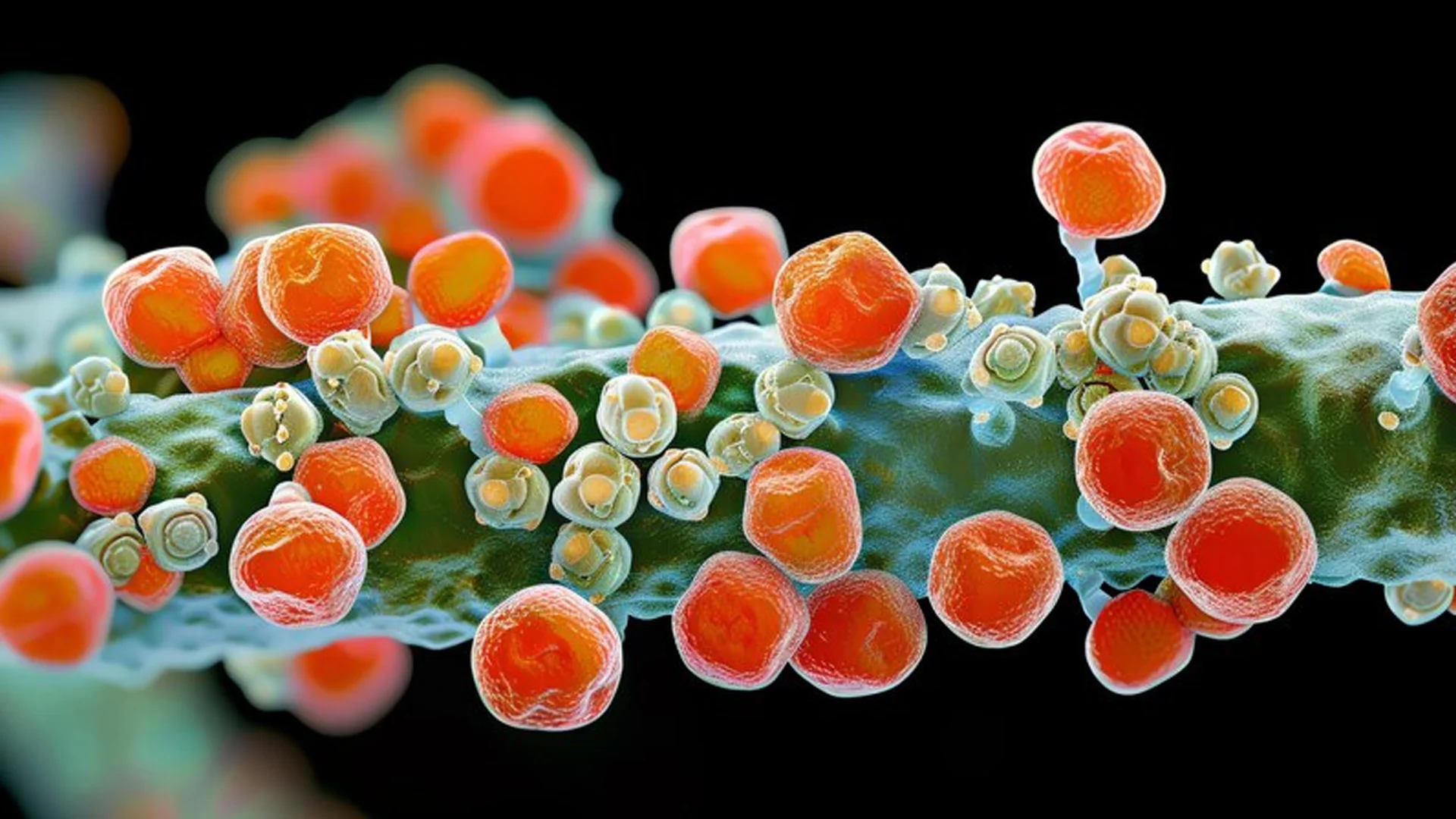Mikoplazmos, or mycoplasmas, represent a fascinating and complex group of microorganisms that have significant implications in various fields, including medicine, agriculture, and environmental science. These unique bacteria lack a cell wall, making them distinct from other bacteria and enabling them to adapt to diverse environments. In this article, we will explore what mikoplazmos are, their characteristics, how they impact human health and agriculture, and the ongoing research surrounding them.
TRENDING
Unlock The Secrets Of Poval Cheese: Your Ultimate Guide
What Are Mikoplazmos?
Mikoplazmos, or mycoplasmas, are a class of bacteria known for their simplicity and lack of a rigid cell wall. This characteristic allows them to take on various shapes and sizes, often leading to confusion in identification. Mycoplasmas are classified under the class Mollicutes and include various species that can be found in humans, animals, and plants.
Characteristics of Mikoplazmos
Cell Structure: Unlike traditional bacteria, mycoplasmas have a minimalistic structure, which includes a plasma membrane but no cell wall. This makes them resistant to certain antibiotics that target cell wall synthesis.
Size: Mikoplazmos are some of the smallest self-replicating organisms known, measuring between 0.2 to 0.3 micrometers in diameter.
Metabolic Versatility: These microorganisms exhibit diverse metabolic capabilities, allowing them to survive in various environments. Some species are pathogenic, while others are harmless.
Reproduction: Mycoplasmas reproduce through binary fission, similar to other bacteria, but their growth can be slow, often requiring specialized culture conditions.
The Impact Of Mikoplazmos On Human Health
Human Pathogens
Certain species of mycoplasmas are associated with various human diseases. The most notable include:
Mycoplasma pneumoniae: This species is a common cause of atypical pneumonia, especially in children and young adults. It can lead to respiratory issues and is characterized by a gradual onset of symptoms.
Mycoplasma genitalium: This species is linked to sexually transmitted infections and has been associated with urethritis and pelvic inflammatory disease in women.
Mycoplasma hominis: Often found in the human urogenital tract, this species can be implicated in reproductive health issues and may contribute to conditions like bacterial vaginosis.
Challenges in Diagnosis and Treatment
Diagnosing mycoplasma infections can be challenging due to their subtle symptoms and the lack of typical bacteria. Conventional cultures may fail to grow these organisms, necessitating specialized laboratory techniques for accurate identification. Treatment options are limited as well, given their resistance to common antibiotics.
The Role Of Mikoplazmos In Agriculture
Plant Pathogens
Mikoplazmos also play a role in agriculture, where certain species are implicated in plant diseases. They can affect a wide range of crops, leading to economic losses.
Citrus Huanglongbing (HLB): Mycoplasmas have been associated with this devastating disease in citrus plants, which can lead to the decline of entire orchards.
Corn Stunt Disease: Mycoplasmas can infect maize plants, causing stunted growth and reduced yields.
Implications for Crop Management
The presence of mycoplasmas in agriculture underscores the need for integrated pest management strategies. Farmers are encouraged to monitor their crops closely and implement biosecurity measures to prevent the spread of these pathogens.
Environmental Impact Of Mikoplazmos
Role in Ecosystems
Mikoplazmos also have ecological significance. They can influence nutrient cycling and the health of ecosystems. For example, their presence in soil can affect microbial communities and nutrient availability, impacting plant health.
Bioremediation Potential
Research is ongoing to explore the potential of mycoplasmas in bioremediation, where they could be used to break down pollutants or improve soil health. Their adaptability makes them candidates for environmental restoration projects.
Current Research And Future Directions
Advances in Genomic Studies
Recent advancements in genomic technologies have enhanced our understanding of mycoplasmas. Researchers are sequencing their genomes to uncover their metabolic pathways, pathogenic mechanisms, and ecological roles.
Development of Targeted Therapies
With the rise of antibiotic resistance, there is a pressing need for new treatment options for mycoplasma infections. Research is focusing on developing targeted therapies and vaccines to combat these pathogens effectively.
Agricultural Biotechnology
In agriculture, biotechnological approaches are being explored to create resistant crop varieties that can withstand mycoplasma infections. This research is critical for ensuring food security in the face of emerging plant diseases.
Conclusion
Understanding mikoplazmos is essential for comprehending their diverse roles in human health, agriculture, and the environment. As research continues to uncover the complexities of these microorganisms, it is crucial to stay informed about their impacts and implications. Whether through medical advancements or agricultural innovations, addressing the challenges posed by mycoplasmas will be vital for future progress.
ALSO READ: Ceñillin Unveiled: Exploring Its Significance And Traditions
FAQs
What is Mikoplazmos?
Mikoplazmos, or mycoplasmas, are a group of bacteria characterized by their lack of a cell wall. They can be pathogenic or non-pathogenic and are found in humans, animals, and plants.
How do mycoplasmas affect human health?
Some species of mycoplasmas are responsible for diseases such as atypical pneumonia and sexually transmitted infections. They can cause significant health issues, particularly in vulnerable populations.
Are mycoplasmas a concern in agriculture?
Yes, certain mycoplasma species are plant pathogens that can lead to serious crop diseases, affecting agricultural productivity and economic stability.
Why are mycoplasmas difficult to diagnose?
Mycoplasmas often present with subtle symptoms, and traditional culturing methods may not effectively grow these bacteria, requiring specialized diagnostic techniques.
What research is being done on mycoplasmas?
Ongoing research focuses on understanding the genomic makeup of mycoplasmas, developing targeted therapies for infections, and exploring biotechnological solutions for agriculture to combat mycoplasma-related diseases.











